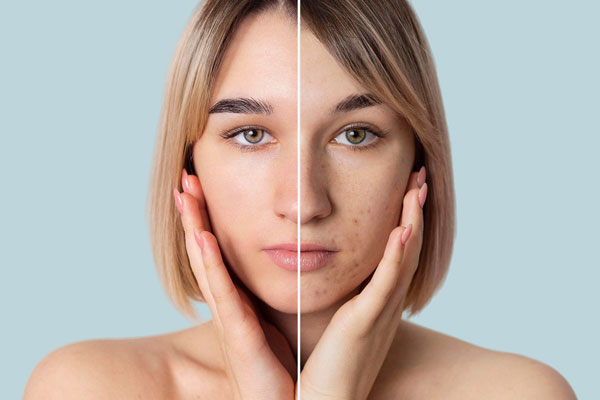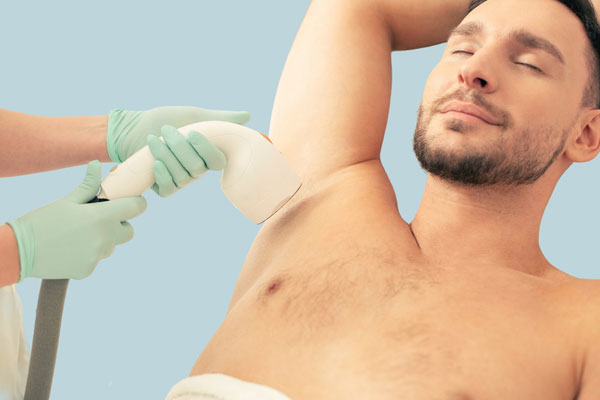Our Treatments

Hair Clinic

Dermatology




Haemangiomas are benign (non-cancerous) vascular growths that appear on the skin or, rarely, internal organs. Often present at birth or appearing in the first weeks of life, superficial haemangiomas are sometimes called strawberry marks. Most are harmless, though they can occasionally cause cosmetic or functional issues, particularly near the eyes, mouth, or airway.
Haemangiomas are abnormal clusters of blood vessels that form growths in the skin or deeper tissues. They are typically classified into:
Most haemangiomas grow rapidly in the first few months, followed by gradual shrinkage over several years.
Haemangiomas can vary in appearance depending on type, location, and depth:
Potential complications: Most haemangiomas are harmless, but growth near the eyes, nose, mouth, or airway may cause issues with vision, breathing, or feeding.
Haemangiomas result from the abnormal proliferation of endothelial cells, the cells lining blood vessels. Common contributing factors include:
Diagnosis is usually clinical, based on the lesion’s colour, size, location, and growth pattern. Most superficial haemangiomas are easily identified by a GP or dermatologist.
In selected cases, imaging or lab tests may be recommended:
Many haemangiomas resolve naturally over time. Treatment is considered if they:
Medical therapies:
Surgical options:
For haemangiomas causing complications or not regressing, minor excision may be performed.
Supportive care:
The prognosis for haemangiomas is excellent:
Early assessment and management improve outcomes, especially for haemangiomas in sensitive or critical areas.
Haemangiomas cannot be prevented, as they are congenital. Early detection and monitoring reduce risks of complications and improve cosmetic outcomes.
